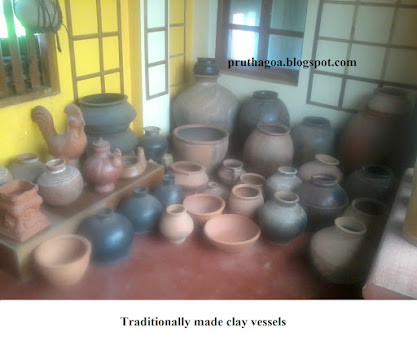The Tertiary Carmelites of Chimbel
.jpg)
Goa is a historian’s delight with so much of its history still being unravelled. The legacy of the Portuguese rule has been a heritage of unique standing. The Tertiary Carmelites, not to be confused with the Discalced Carmelites reformed by St Teresa of Avila, are an integral part of Goa’s past. Today, the ruins of the monuments connected with this order lie open to desecration and looting with impunity. Much less regard is offered in terms of a study and preservation of this significant historical site. The Tertiary Carmelites are in fact one of two indigenous priestly orders that welcomed Goan vocations to the priesthood. The Jesuits and other religious orders did not display a favourable attitude towards Goans, which led to the requirement of congregations that would be open to the natives of Goa. The Oratorians of Philip Neri, which came into existence in the 1680s and was recognised by the Vatican in 1707, was the first Goan priestly congregation in Estado de India. However, the





